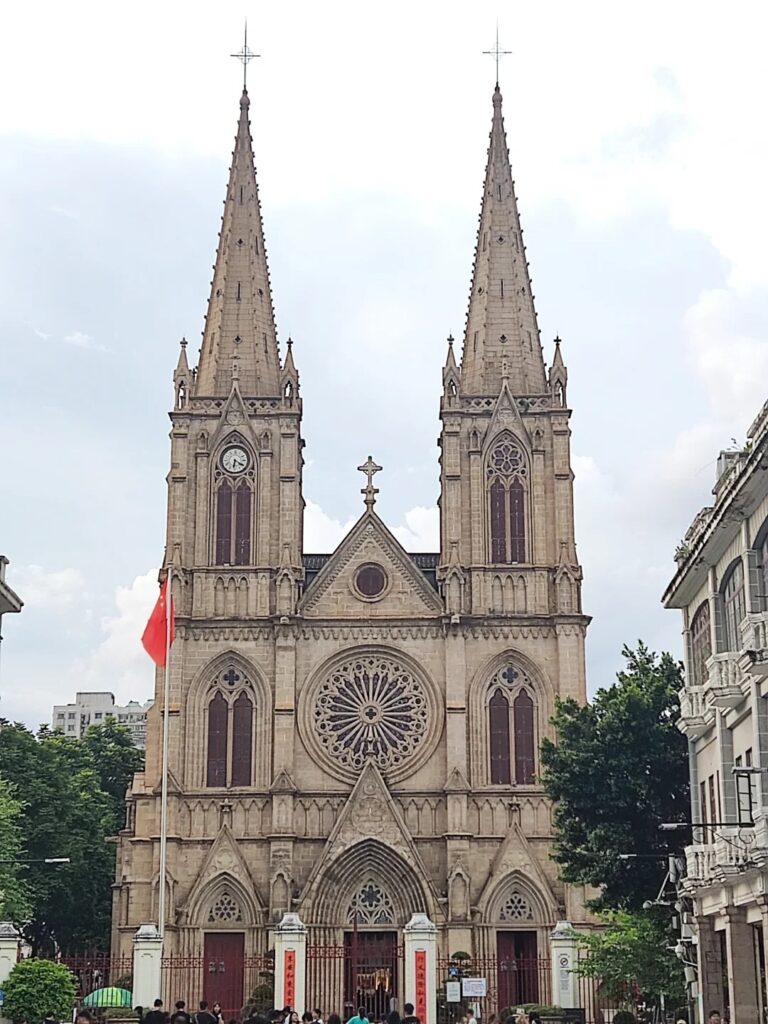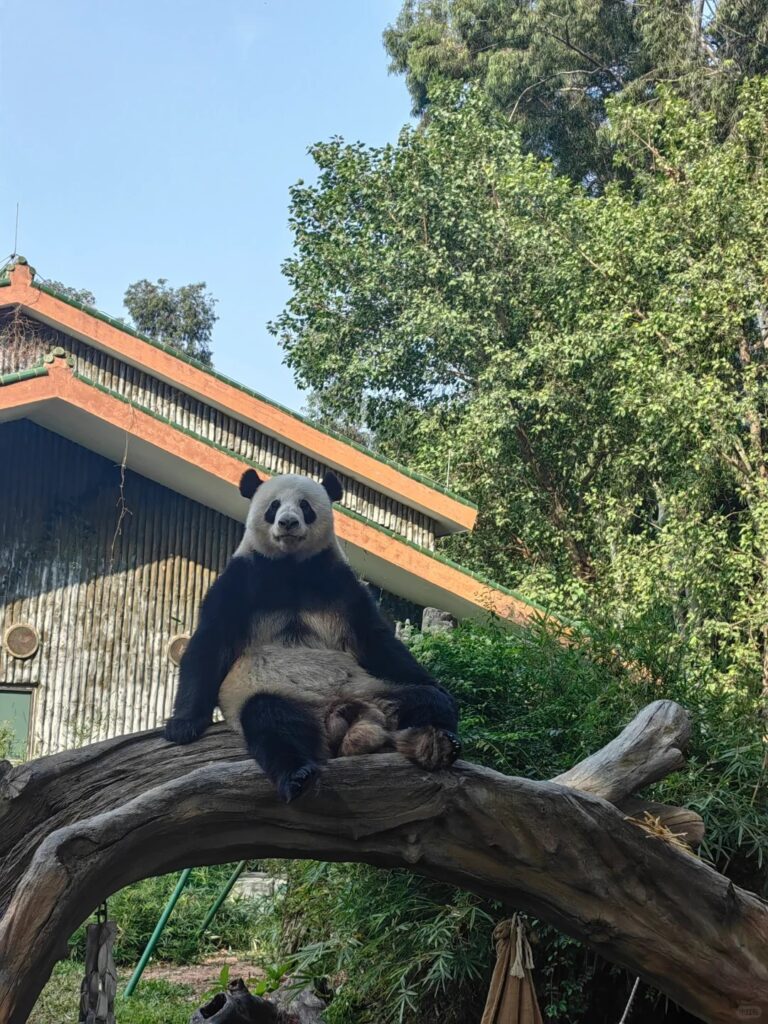Guangdong has a wonderful “contradiction”. The economy is growing very fast, but life can be very slow. For example, the total GDP has led the country for 34 consecutive years. It is the unique morning tea culture that is engraved in the bones, such as “half a day of floating life, leisurely tea”.
People often say that eating in Guangzhou also mostly starts with morning tea. Unlike other cuisines such as hot and boiling Sichuan cuisine and thick oil and red sauce Shandong cuisine, the fireworks of Guangdong morning tea is the fragrance of a pot of clear tea in the morning, the ritual experience brought by various exquisite buns, and the hustle and bustle of the market in the ancient teahouse.
“Have you had tea?” This daily greeting is the friendship between old friends sighed by generations of Guangdong people in the morning tea culture. No matter how the world changes, the calmness from early morning to noon is always the same.

“Drink tea and eat buns”, a food culture spanning a century
The origin of Cantonese morning tea can be traced back to the Xianfeng period of the Qing Dynasty, and it has been roughly more than 170 years since its development.
“Erli Pavilion” is the starting point of Cantonese morning tea. Guangzhou’s commercial trade has always been very prosperous. Some restaurants began to use bungalows as shops and set up small restaurants on the roadside with wooden stools to do tea and snack business. Because the price of tea was two cents, it was called “Erli Pavilion”.
The customers who came and went in “Erli Pavilion” were mainly dock workers, small vendors, and local residents. A pot of tea, a plate of noodles, and a piece of cake can not only rest and fill the stomach, but also chat and socialize, gradually forming the background of the “sigh” culture of Cantonese morning tea. In the context of Guangdong people, the so-called “sigh” means to enjoy slowly, and “sigh tea” means to enjoy the leisure time of morning tea slowly.
Consumer demand has always been diversified, which will inevitably lead to the advancement of business forms. With the improvement of Guangzhou’s status as a trading port, the demand for welcoming and seeing off, meeting and entertaining by merchants and wealthy people at home and abroad has increased sharply, and magnificent mid-to-high-end teahouses have emerged.
As the saying goes, “If you have money, you go upstairs; if you don’t have money, you squat downstairs.” This vividly reflects the different forms of consumption developed by the morning tea culture. At that time, morning tea was not only served in roadside bungalows, but also gradually entered pavilions, towers, and garden courtyards, becoming a more mainstream consumer category covering all consumption levels.
This directly promoted the refinement of morning tea buns. Unlike the rough big sponge cakes and bean sprouts noodles in Erliguan, the morning tea in the teahouse supplies better tea, as well as exquisite Cantonese buns such as water chestnut cakes, steamed dumplings, glutinous rice chicken, and barbecued pork buns.
Later, with the continuous development of society and economy, various teahouses emerged in Guangzhou like mushrooms after rain. “One building every five steps and one pavilion every ten steps” describes the density of teahouses in Guangzhou.
With competition in the market, there is vitality. Teahouses not only compete in site selection and decoration, but also study and innovate in tea and dim sum, constantly integrating the advantages of Western food or other cuisines, and creating a variety of new cakes and meals. For example, egg tarts, one of the “Four Heavenly Kings” of morning tea, are “Western imports” improved by Guangdong dim sum chefs.
The numerous teahouses correspond to the hot market. Whether it is businessmen, gentry, literati or common people, morning tea is regarded as “favorite”.
In 1927, Lu Xun came to Sun Yat-sen University to teach, and soon fell in love with morning tea. He recorded in his diary the 25 teahouses he had visited, including Taotaoju, Nanyuan and Beiyuan restaurants that still exist today.

“In Guangzhou, we often go to special teahouses to eat snacks. Those snacks are really delicate, small, not too filling, and the tea is fragrant, all very suitable for the taste. Life is really thin except for teaching. When meeting friends, we will unexpectedly make an appointment to drink tea.” Lu Xun’s lover Xu Guangping wrote in the book about the reason for loving morning tea.
Until now, even if a hundred years have passed, morning tea is still a unique taste that most Cantonese people cannot resist, and people still sigh for morning tea for various reasons.
Every morning, there are always countless diners waiting for the opening of morning tea outside various old teahouses, including old Cantonese neighbors who are accustomed to it, and travelers from all over the world who come to experience it.
“This is the best breakfast I have had in recent years.” A Feng, who started a business in Jiangsu and Zhejiang, made an appointment with a friend in Guangzhou for morning tea during a business trip. After experiencing the ritualistic Gongfu tea and a table full of exquisite pastries, he couldn’t help but sigh that Cantonese people really do business “making money” and gourmet life at the same time.
Thinking about “one cup and two pieces”, the changes and invariances of Cantonese morning tea
Cantonese morning tea can make people think about it for hundreds of years, which has a lot to do with its characteristics of both persistence and innovation.
Since its birth, “one cup and two pieces” has been one of the synonyms of Cantonese morning tea. One cup is a tea cup, and two pieces are two baskets of dim sum. The soul of morning tea is not only the philosophy of life represented by slowly “sighing” tea, but also the Cantonese dim sum that adheres to tradition but is ever-changing.
After the 1950s, Cantonese morning tea developed rapidly in a stable social environment, and gained the opportunity to continuously communicate and interact with overseas catering experts, winning praise from the world.
In the 1970s, a true story circulated in Guangzhou. During the opening of the Canton Fair at that time, a group of Japanese gourmets heard that Guangzhou Panxi Restaurant had more than a thousand kinds of dim sum, so they came to book a table and asked to eat different dim sum every day for a month.
After the reform and opening up, global seafood and ingredients entered the morning tea market, and Cantonese dim sum developed rapidly in the direction of diversified fillings and forms, and color, fragrance and taste. Various types of tea snacks are constantly updated and exquisite, forming the unique characteristics and food style of Cantonese tea drinking, and also promoting the prosperity and development of Cantonese tea drinking customs.
By the 1980s, Cantonese dim sum had reached more than 4,000 kinds, known as the “kaleidoscope” of Cantonese cuisine. Behind such achievements, adherence to tradition and innovation are both indispensable.
“From observation, Guangdong dim sum focuses on the inheritance of form, and dares to use new materials to iterate in terms of fillings and dough.” Food writer and Cantonese cuisine culture scholar Zhong Jieling told Red Cantonese that it is very correct for Guangdong dim sum to dialectically view inheritance and innovation, which is also responsible for the market and customers.

picture copy by thepaper.cn
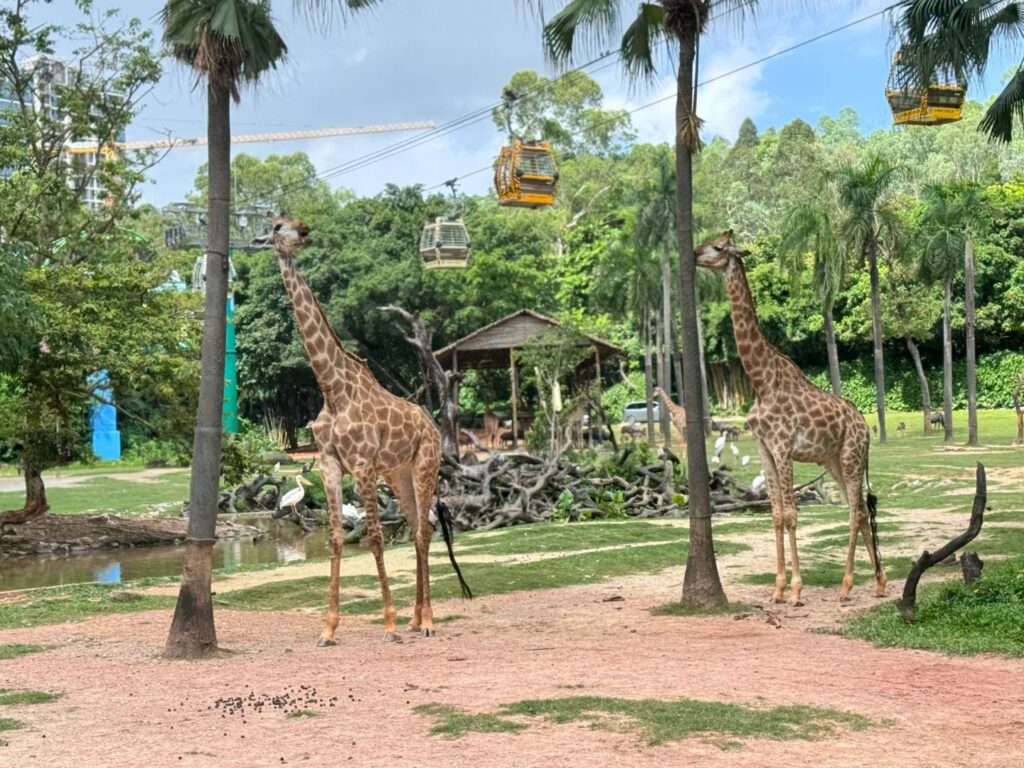

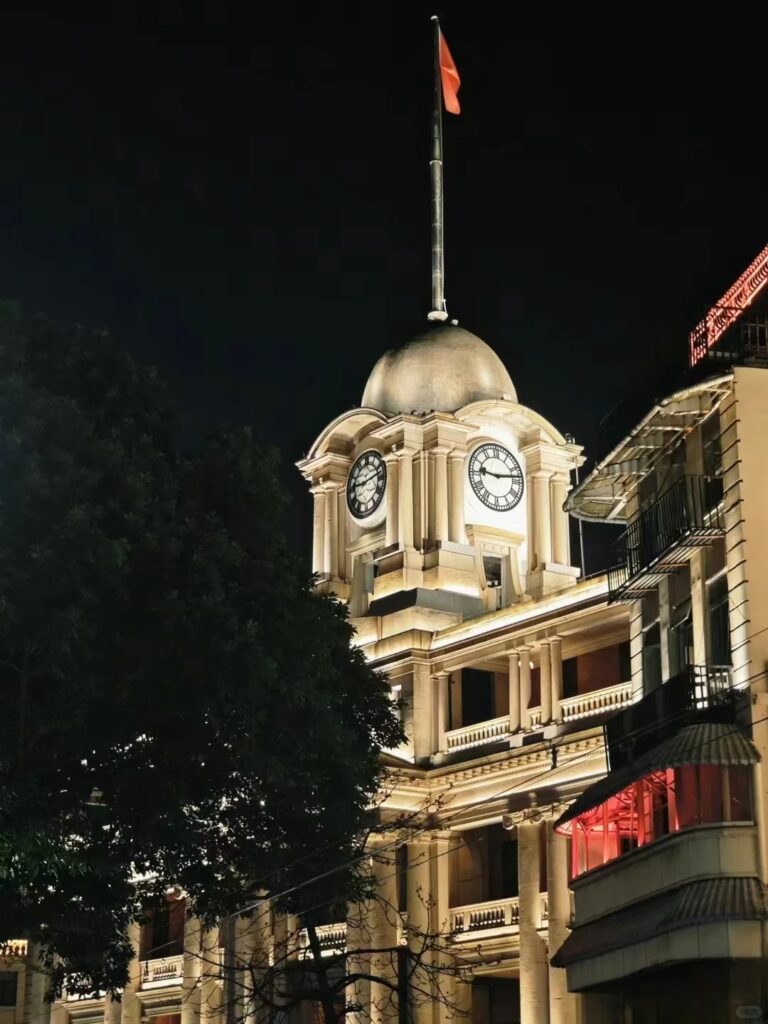
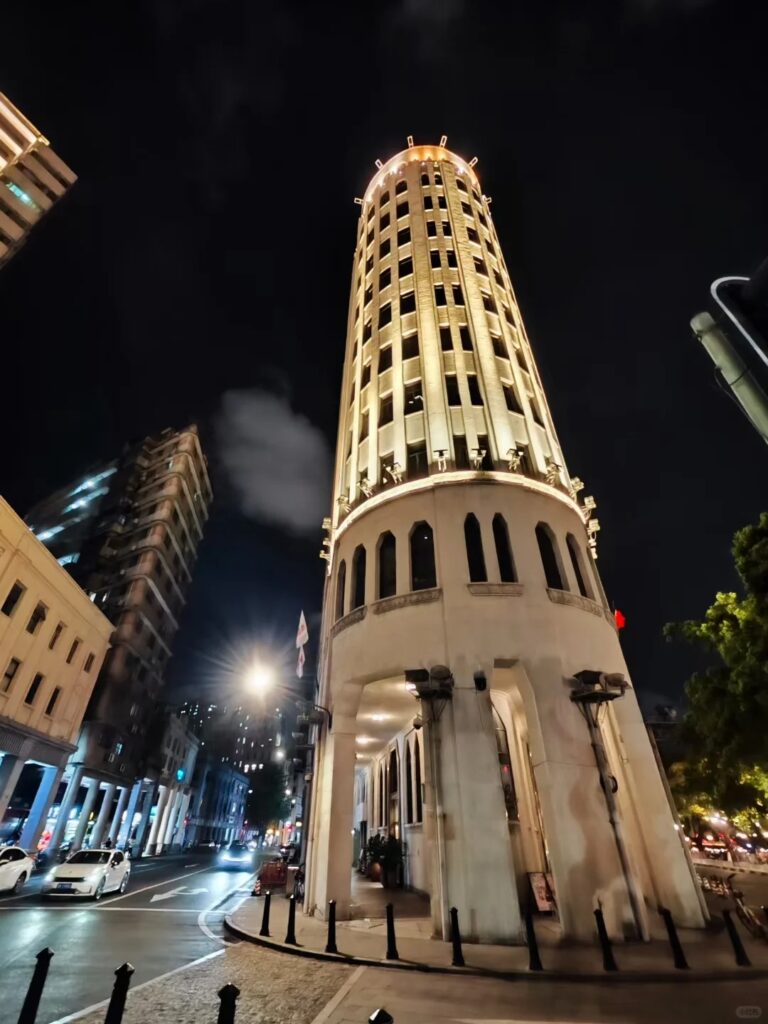



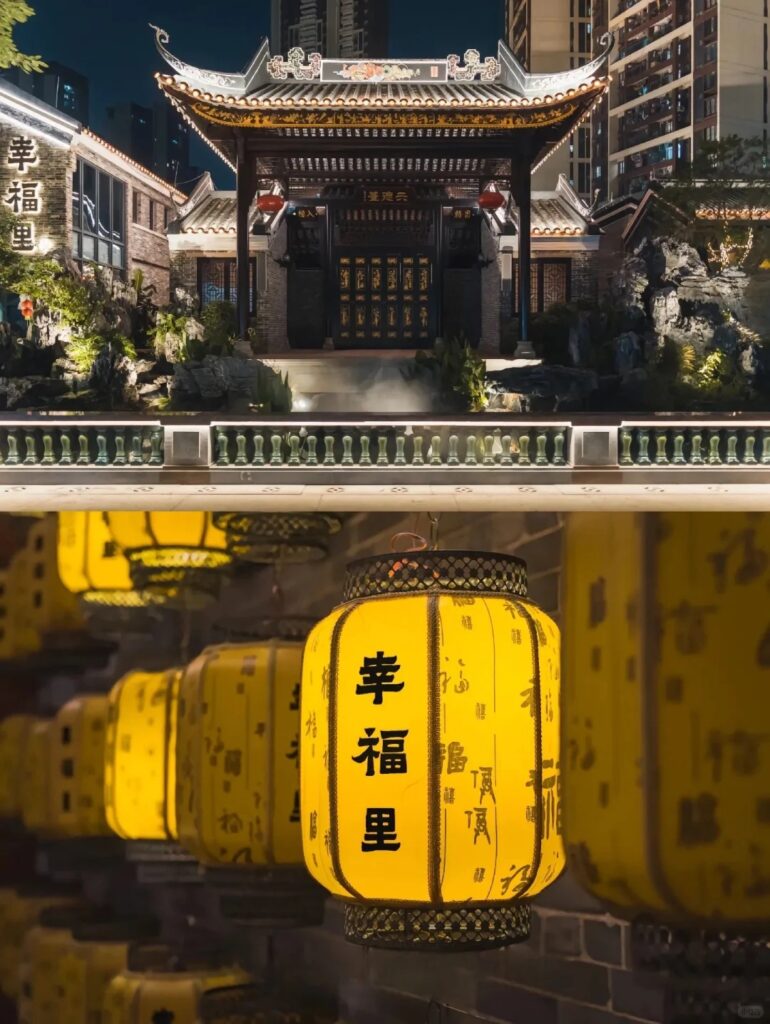









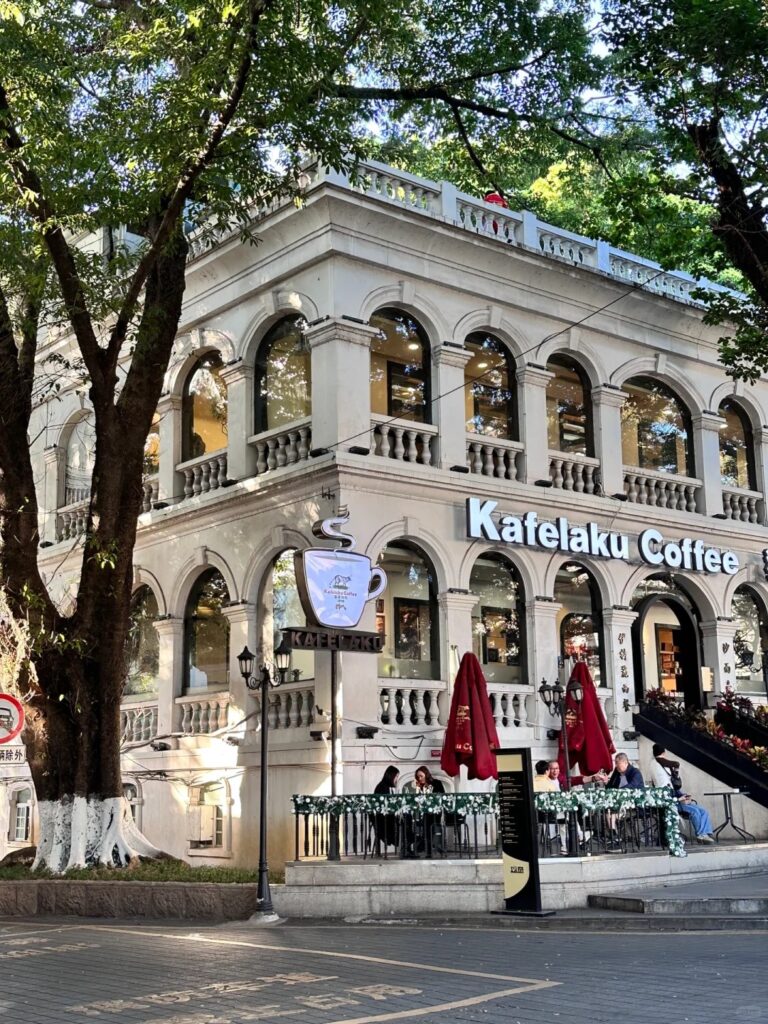



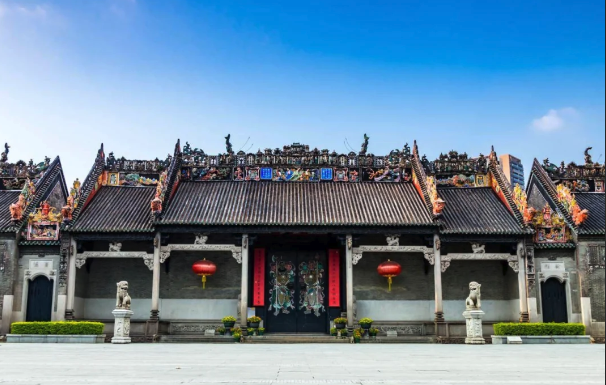
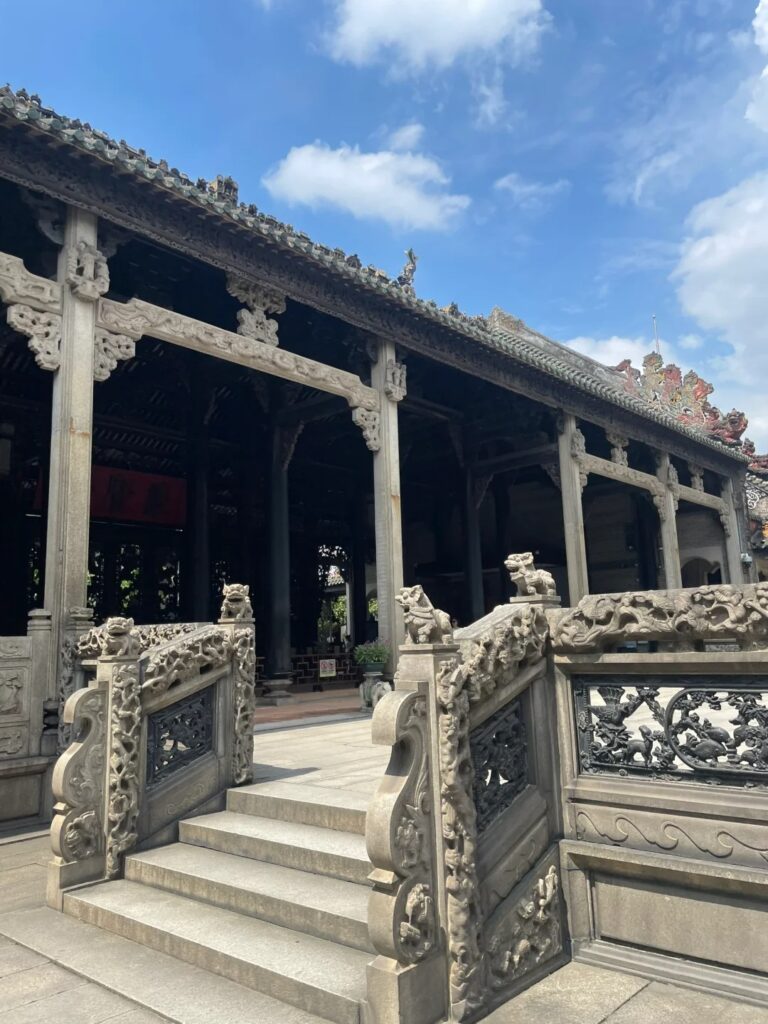
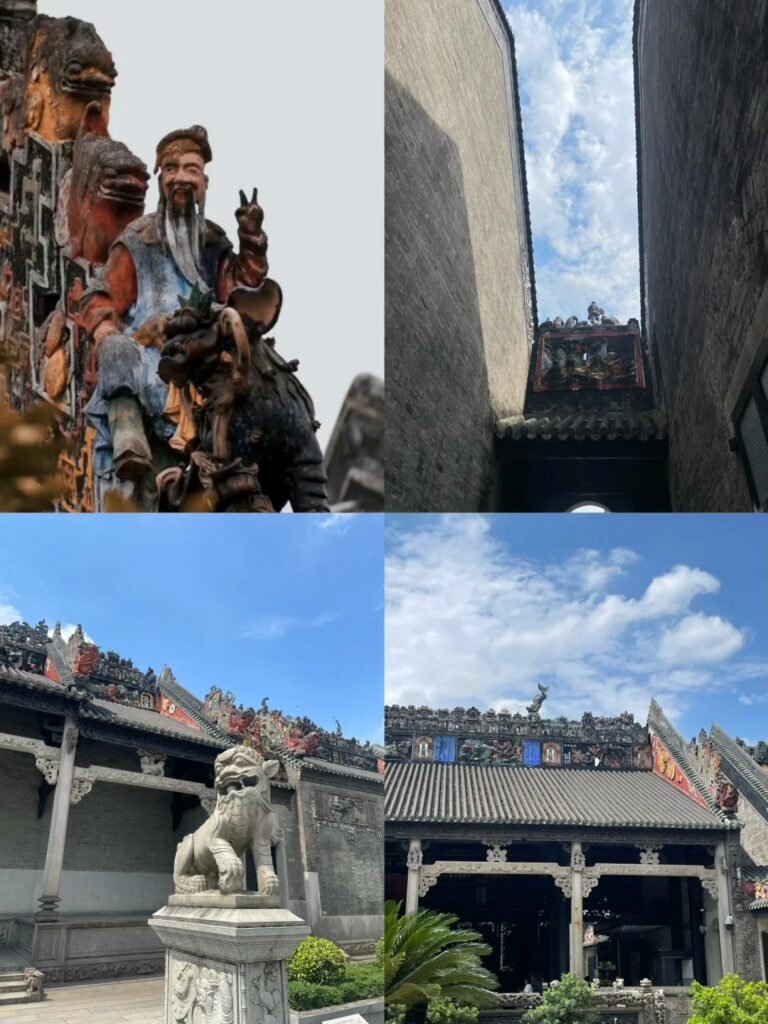
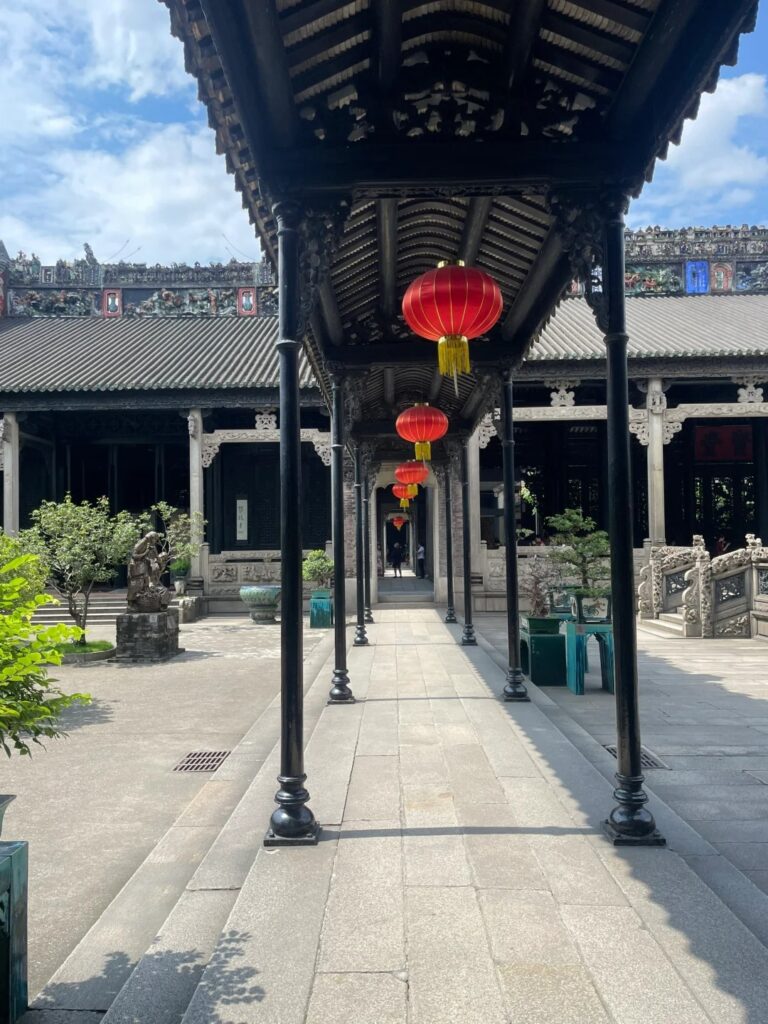

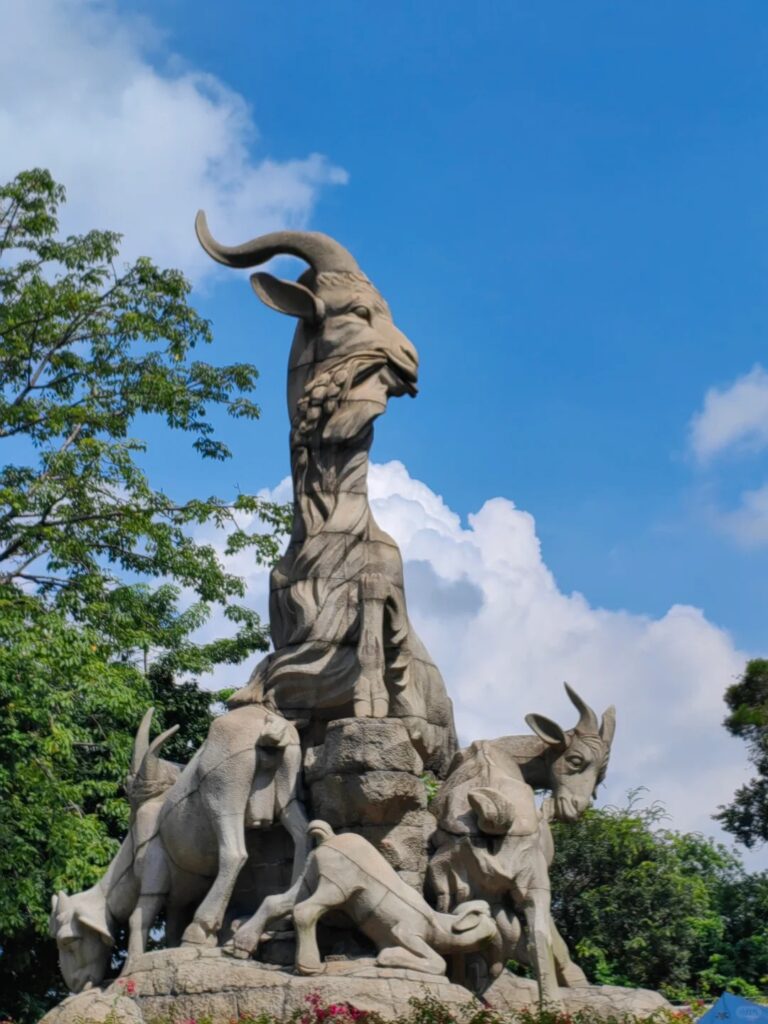
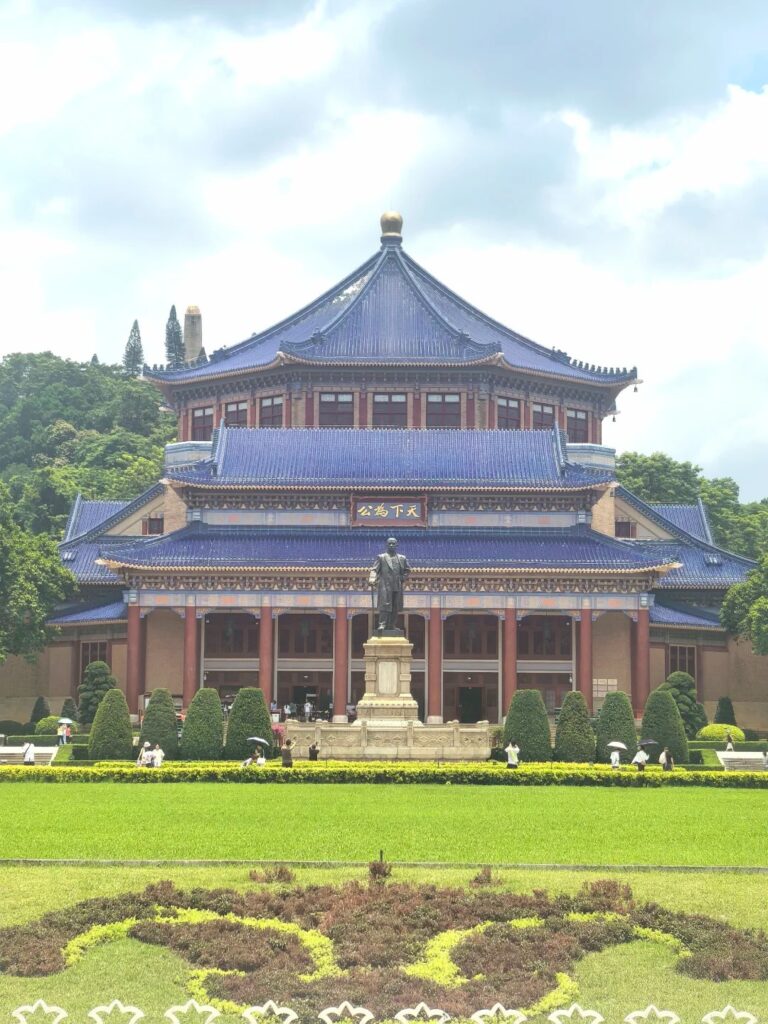 3. Sacred Heart Cathedral
3. Sacred Heart Cathedral